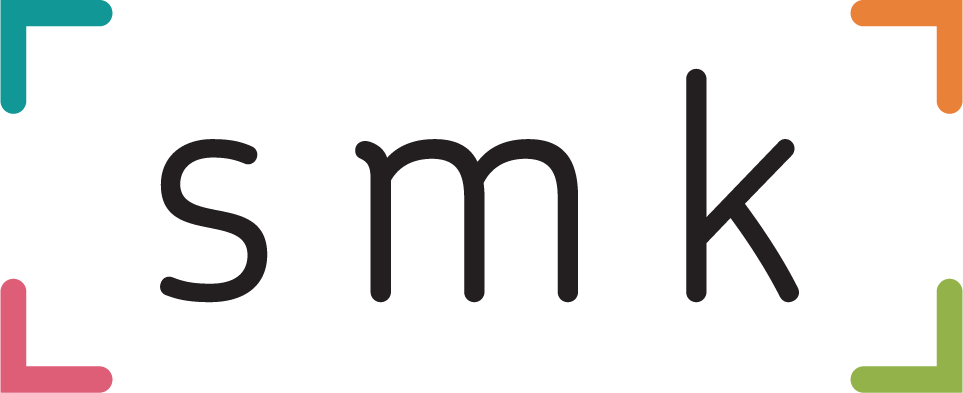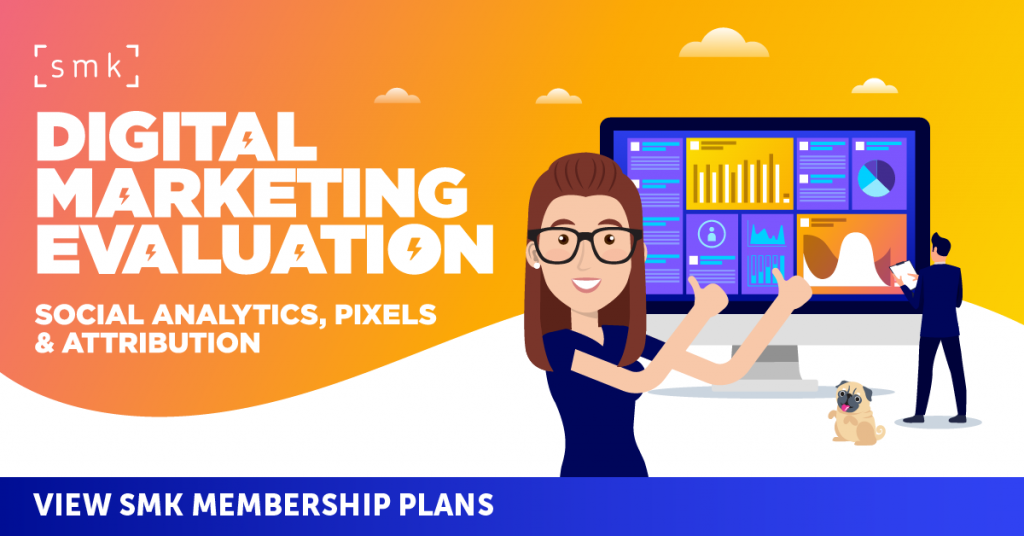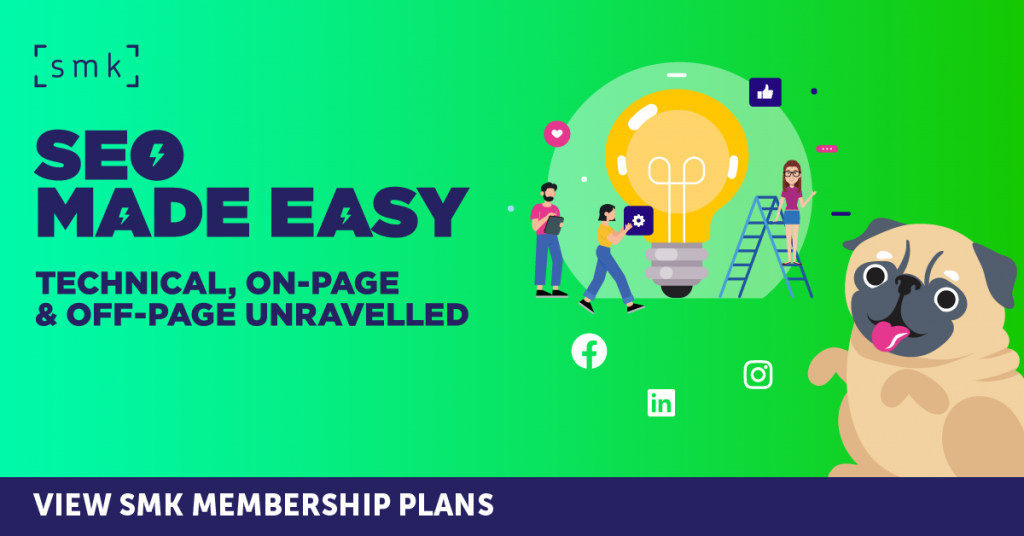One year after the launch of Google’s AI Overviews, the search landscape has shifted dramatically. While impressions on Google are up more than 49% year on year, click-through rates have dropped by nearly 30%. For marketers and SEO leaders, this signals a structural change, not a temporary trend.
BrightEdge’s latest study confirms that visibility no longer guarantees traffic. Brands must now compete for inclusion in Google’s AI-generated summaries, even when those summaries result in zero clicks.
Impressions Rise, Engagement Falls
Since the introduction of AI Overviews in May 2024, overall search activity has surged. Users are submitting longer, more specific queries, and Google is responding with AI-powered summaries directly on the results page. This is driving significant growth in impressions, but user behaviour is changing.
More users are finding the information they need without ever leaving the search page. As a result, traditional traffic metrics are declining. This shift means marketers must now compete at a new level of the funnel, where being seen is not the same as being clicked.
Search Behaviour Is Evolving
BrightEdge found that complex queries are up significantly. Searches with eight or more words are now seven times more likely to trigger an AI Overview than a year ago. Queries using technical or specialised terms have also increased by 48%.
People are asking more detailed questions and expecting search to provide complete, structured answers. Instead of short phrases like “solar panel efficiency,” users are searching for “how to optimise solar panel efficiency in cloudy climates.” This mirrors the conversational style common in tools like ChatGPT and reflects rising user expectations.
Content that once ranked well for simple terms may no longer be enough. Today, brands must produce content that is informative, in-depth and written with clarity. Content must be structured in a way that allows Google’s AI to extract value from it. Without that, it is unlikely to be surfaced in the new AI layer.
Citations Now Come From Deeper Results
One of the most striking findings in the report is the change in citation patterns. Google’s AI Overviews are no longer focused on top-ranking content. In fact, 89% of citations now come from beyond the top 100 organic listings. Citations from pages ranked between positions 21 and 30 have increased by 400%. Pages ranked between 31 and 100 have seen a 200% increase.
This means that even if your page is not ranked highly in traditional search, it can still be included in an AI Overview. Google is pulling from a wider variety of sources, favouring content that answers questions clearly and directly, regardless of where it ranks.
The implications are significant. Content that addresses niche subtopics, explains complex ideas or anticipates user intent has a better chance of being cited. Rankings still matter, but they are no longer the only signal of authority or visibility.
Industry Trends Are Uneven
AI Overviews are not applied evenly across all sectors. BrightEdge found that healthcare, education, B2B tech and insurance now have some of the highest levels of AI Overview coverage, with certain query sets seeing up to 90% penetration. These industries are driven by structured, factual content. They are well suited to the type of summarisation AI Overviews provide.
In contrast, ecommerce has seen a sharp decline. AI Overview coverage in retail-related queries has dropped from 29% to just 4%. This indicates that Google is cautious about using AI in purchase-driven contexts. The risks around accuracy, product information and monetisation are likely factors.
For ecommerce marketers, traditional SEO and paid placements remain the key channels. For sectors with strong informational content, however, the AI layer is now central to visibility.
AI Now Controls the Fold
AI Overviews are growing not only in influence, but in size. BrightEdge reports that AI Overviews now often exceed 1,000 pixels in height. This is especially common in medical, financial and how-to search results. For context, the space above the fold on most devices is around 600 pixels. AI Overviews now regularly push all traditional results below that threshold.
This has clear implications for visibility. Even a number one organic ranking may not be seen if the AI Overview takes over the entire screen. Marketers can no longer rely on high rankings alone. Content must be optimised for inclusion in both the traditional and AI layers of search.
New Rules for SEO Strategy
BrightEdge concludes that the rules of SEO are changing. Ranking still plays a role, but it is no longer the only way to win in search. Brands must now be cited, quoted and recommended by Google’s AI layer.
To do this, marketers should:
-
Focus on content that answers detailed, specific questions
-
Use clear, structured headings and formatting
-
Build topical authority and ensure technical accuracy
-
Monitor visibility inside AI Overviews, not just organic ranking
Traditional tools still matter, but they are no longer enough. Tools like the BrightEdge Generative Parser are helping brands measure AI-specific performance and stay visible in this new context.
Balancing Users and AI
Google search is evolving. Users are searching more, asking deeper questions and expecting better answers. AI Overviews are shaping that experience, taking up more visual space and guiding more of the decision-making process.
For marketers, the challenge is clear. Visibility begins before the click. Content must now serve both users and AI. Those who adapt will maintain their reach. Those who do not risk becoming invisible.
Now is the time to rethink what search success means. The click is no longer the finish line. It is just one part of a much broader discovery journey.




RECOMMENDED FOR YOU
Meta Adds New AI Tools To Supercharge Lead Gen
Meta is rolling out a wave of updates to…
Meta is rolling out a wave of updates to…
Meta Announces Business AIs For Brand Websites
Meta is moving further into the AI assistant space…
Meta is moving further into the AI assistant space…
ChatGPT Data Reveals New Search Behaviour
ChatGPT is not just answering questions; it is searching…
ChatGPT is not just answering questions; it is searching…